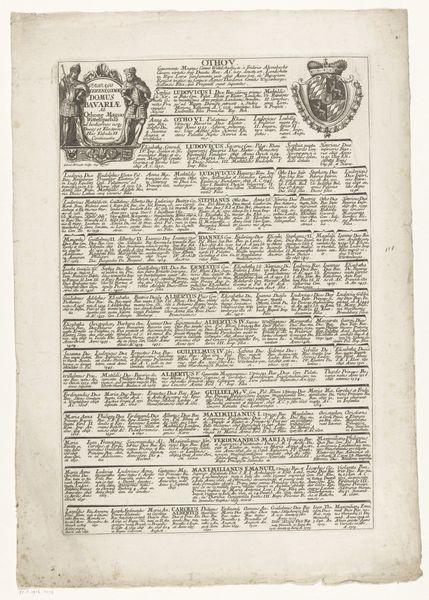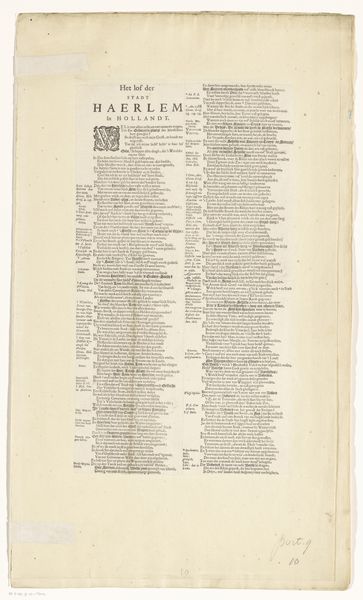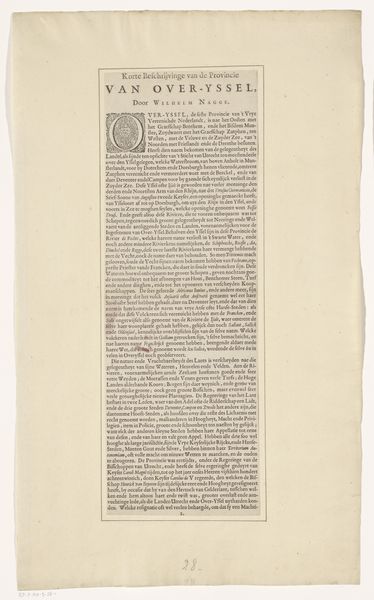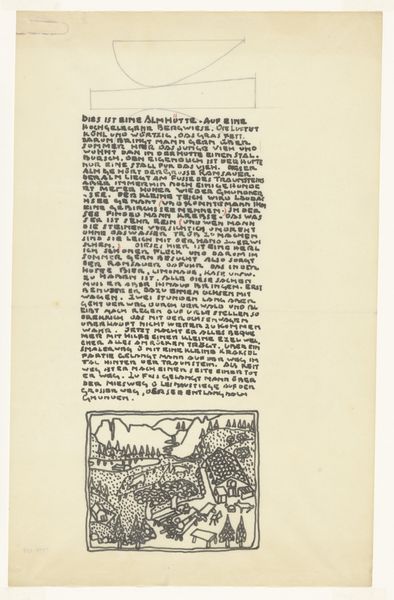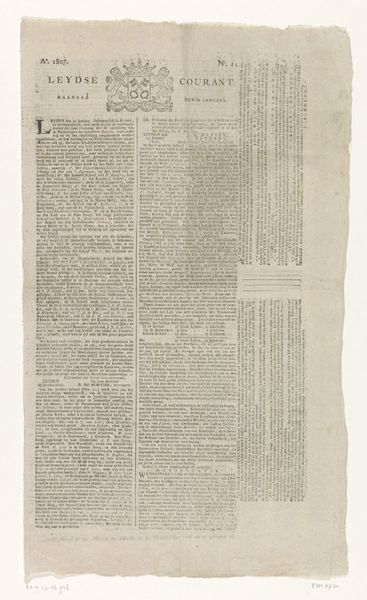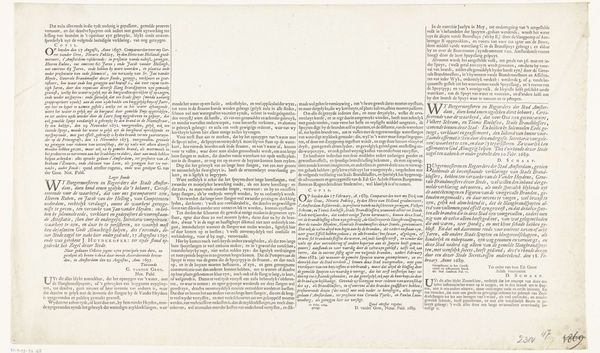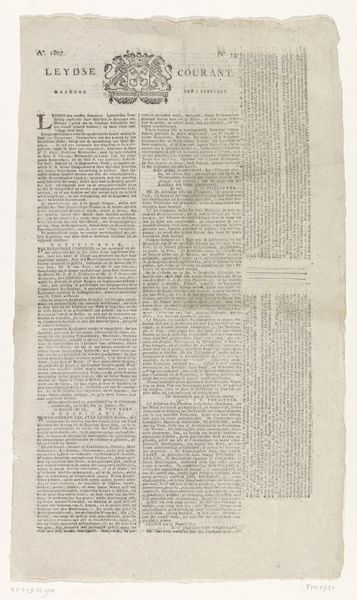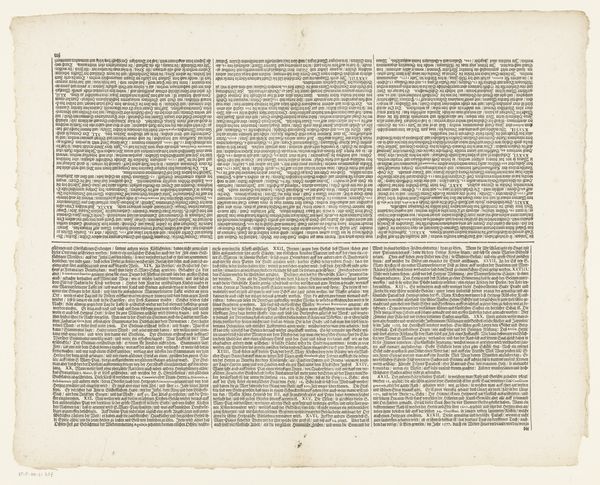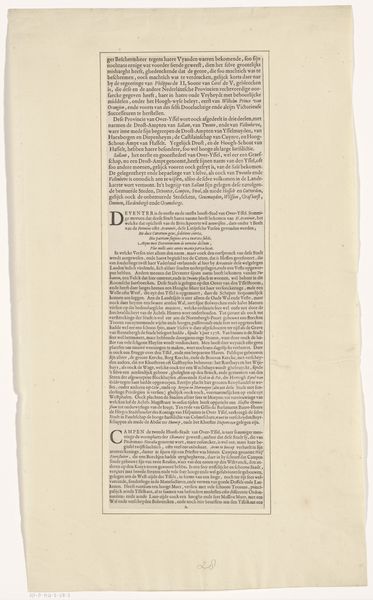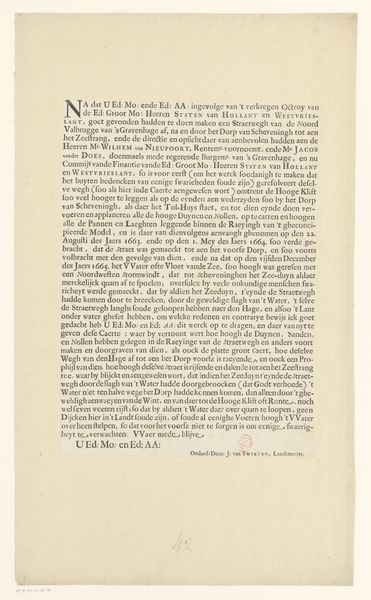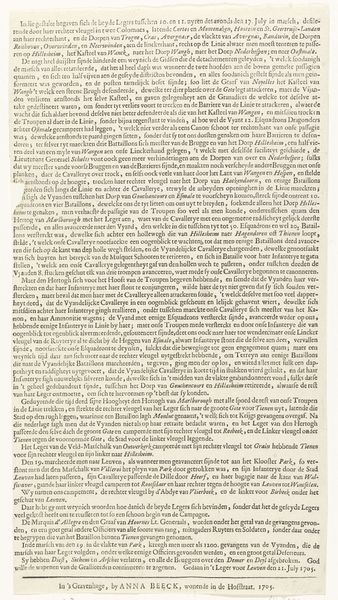
graphic-art, print, paper, ink, engraving
#
graphic-art
#
baroque
#
ink paper printed
# print
#
old engraving style
#
hand drawn type
#
paper
#
ink
#
engraving
Dimensions: height 381 mm, width 252 mm
Copyright: Rijks Museum: Open Domain
This print, "Stamboom van het Beierse vorstenhuis," was made by Gabriel Bodenehr around the 1700s, and reproduces a history of the Bavarian Royal House. Prints like this one were made using a process called etching, where lines are incised into a metal plate with acid, then inked and pressed onto paper. It’s a relatively labor-intensive technique, but one that allowed for the wide distribution of images. This particular print likely served a purpose akin to today's genealogical websites, tracing family lines in a way that reinforced social and political hierarchies. The material qualities of the print—its paper, its lines of ink, and the very fact that it is reproducible—speak to the social context of its creation. The rise of printmaking coincided with the growth of a market economy, where images could be bought and sold, disseminating information and shaping public opinion. Considering this artwork, it underscores how techniques of reproduction, such as etching, played a crucial role in shaping European society, politics, and consumption.
Comments
No comments
Be the first to comment and join the conversation on the ultimate creative platform.
